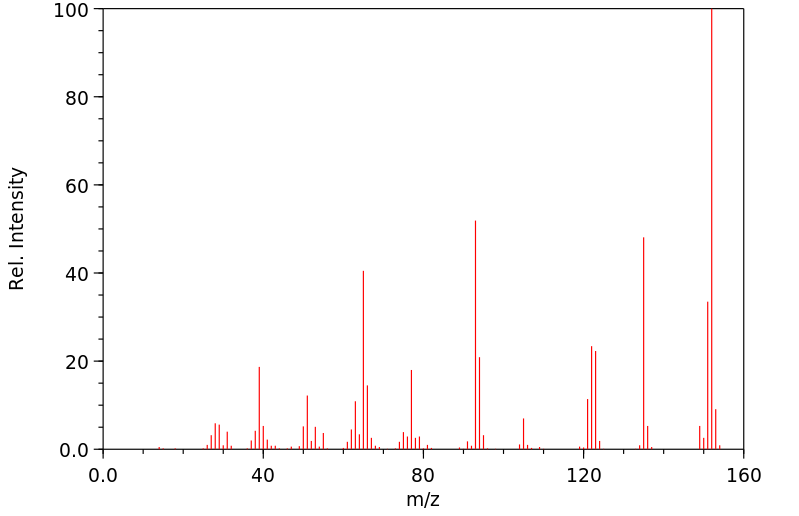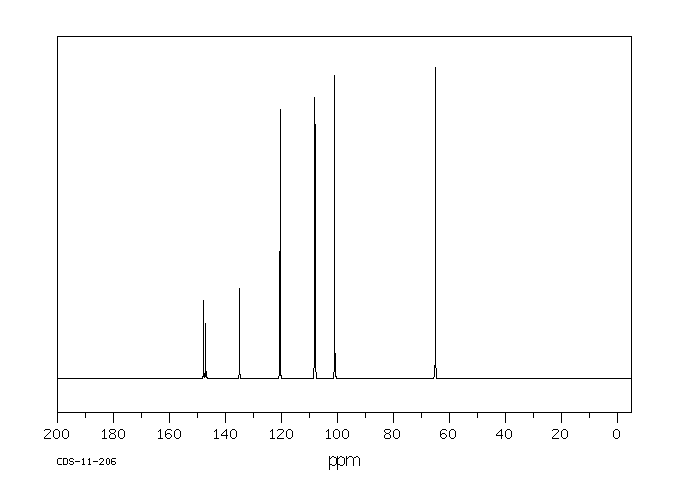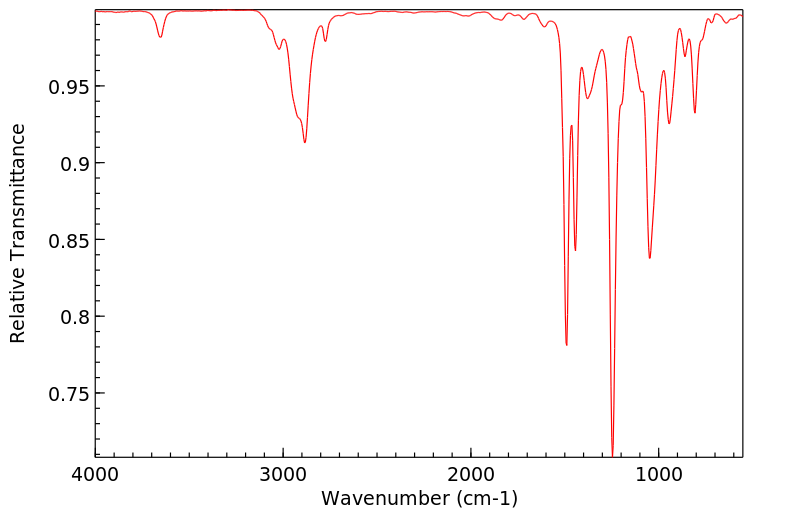代谢
研究了哺乳动物中甲氧基苯基(MDP)化合物的代谢。该研究的目的是为了调查MDP和类似化合物脱甲基的机制和重要性,以及与商业增效剂化学物质如胡椒基丁醚和托品酸等的代谢和作用方式的关系。给雄性瑞士韦伯斯特小鼠、斯普拉格-道莱大鼠或仓鼠投用了13种碳-14标记的MDP化合物,如托品酸、胡椒醛、胡椒基醇、胡椒基酸、黄樟素、二氢黄樟素或胡椒基丁醚。收集了48小时内的尿液、粪便和呼出气体进行碳-14检测。测定了肠道、肝脏和胴体中的碳-14活性。尿液样本用于分析代谢物。二氢黄樟素、黄樟素、肉桂酸和胡椒基丁醚等化合物主要通过氧化MDP部分的亚甲基基团来代谢,产生放射性二氧化碳。最终表现为二氧化碳的放射性标签最初是以放射性甲酸的形式释放的。二氧化碳在胡椒基醇、胡椒醛、胡椒基酸和托品酸的代谢中并不是一个重要的消除途径。它们的代谢物主要随尿液排出。在给予托品酸和胡椒基丁醚后,没有观察到明显的物种差异。氧化或结合侧链是托品酸、胡椒醛、胡椒基醇和胡椒基酸的主要代谢途径。胡椒基丁醚的尿液代谢物包括许多不含MDP部分的化合物和少量6-丙基胡椒基酸及其甘氨酸结合物。托品酸的尿液代谢物包括胡椒基酸的甘氨酸和葡萄糖醛酸结合物。在体外实验中,将放射性标记的胡椒基丁醚、托品酸、黄樟素和其他MDP化合物与小鼠肝脏微粒体一起孵化并检测代谢物。检测到甲酸和儿茶酚等代谢物。作者得出结论,给哺乳动物投用胡椒基丁醚、黄樟素、二氢黄樟素和肉桂酸时,MDP部分的脱甲基是主要的代谢途径。
The metabolism of methylenedioxyphenyl (MDP) compounds was studied in mammals. The purpose of the study was to investigate the mechanism and significance of demethylation of MDP and similar compounds in relation to the metabolism and mode of action of commercial synergist chemicals such as piperonyl-butoxide and tropital. Male Swiss-Webster-mice, Sprague-Dawley-rats, or hamsters were administered 13 carbon-14 labeled MDP compounds such as tropital, piperonal, piperonyl-alcohol, piperonylic-acid, safrole, dihydrosafrole, or piperonyl-butoxide. Urine, feces, and expired air were collected for 48 hours for carbon-14 assay. Carbon-14 activity in the intestine, liver, and carcass was determined. Urine samples were analyzed for metabolites. Compounds such as dihydrosafrole, safrole, myristicin, and piperonyl-butoxide were largely metabolized by oxidation of the methylene group of the MDP moiety to yield radiolabeled carbon-dioxide. The radiolabel ultimately appearing as carbon-dioxide was first liberated as radioactive formate. Carbon-dioxide was not an important route of elimination in the metabolism of piperonyl-alcohol, piperonal, piperonylic-acid, and tropital. Their metabolites were excreted primarily in the urine. No marked species difference was noted in carbon-14 tissue distribution after dosing with tropital and piperonyl-butoxide. Oxidation or conjugation of the side chain was the major metabolic pathway for tropital, piperonal, piperonyl-alcohol, and piperonylic-acid. Urinary metabolites of piperonyl-butoxide included many compounds lacking the MDP moiety and small amounts of 6-propyl-piperonylic-acid and its glycine conjugate. Urinary metabolites of tropital included glycine and glucuronic-acid conjugates of piperonylic-acid. In an in-vitro experiment, radiolabeled piperonyl-butoxide, tropital, safrole, and other MDP compounds were incubated with mouse liver microsomes and were assayed for metabolites. Metabolites such as formate and catechols were detected. The authors conclude that demethylation of the MDP moiety is the major metabolic pathway in mammals given piperonyl-butoxide, safrole, dihydrosafrole and myristicin.
来源:Hazardous Substances Data Bank (HSDB)









